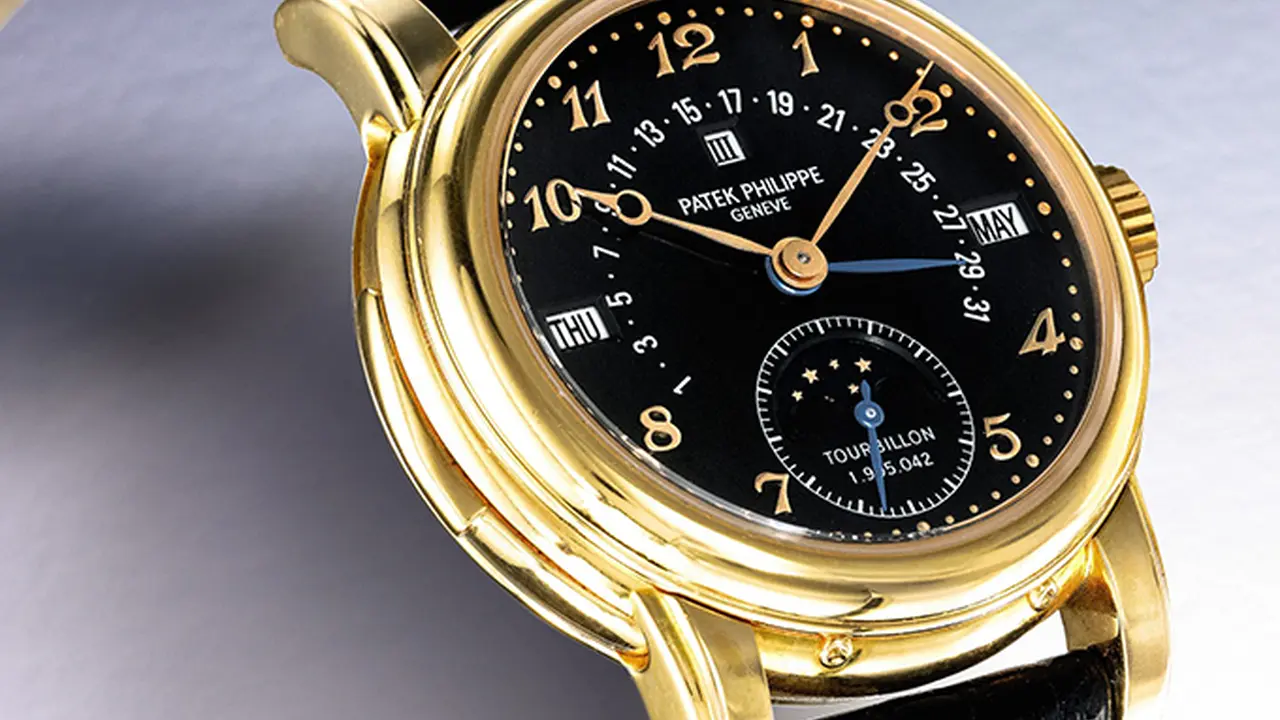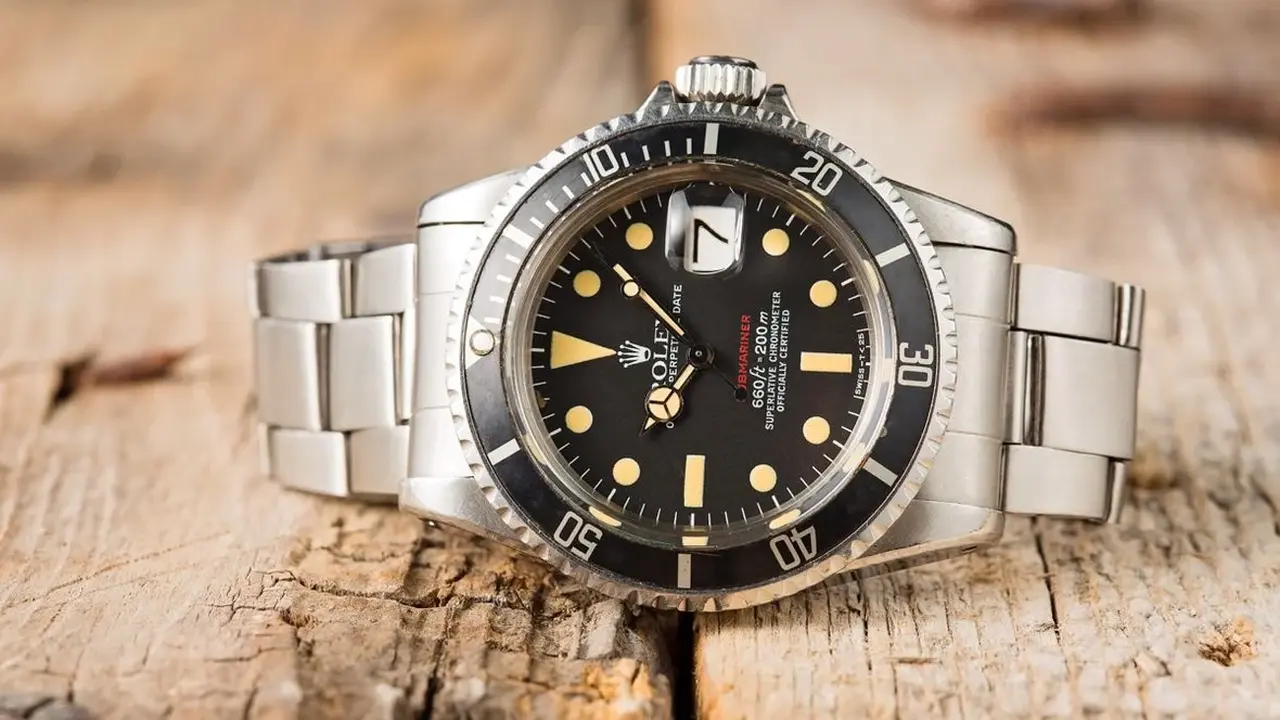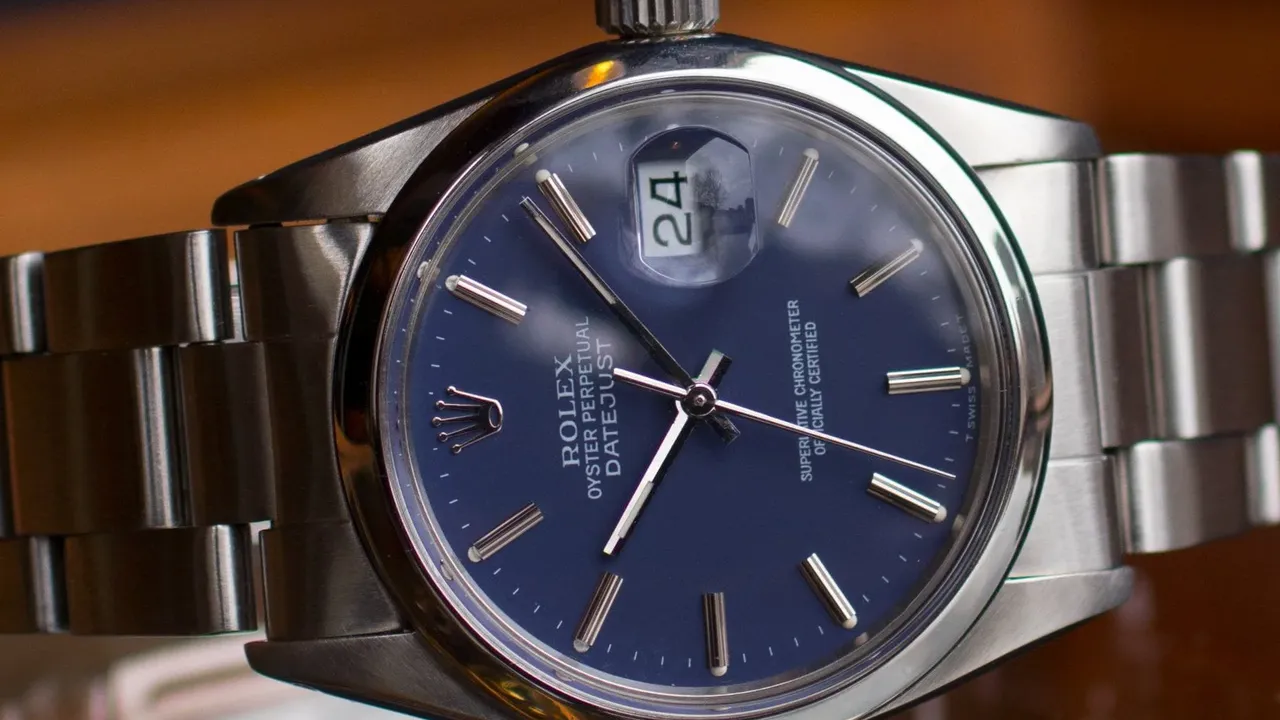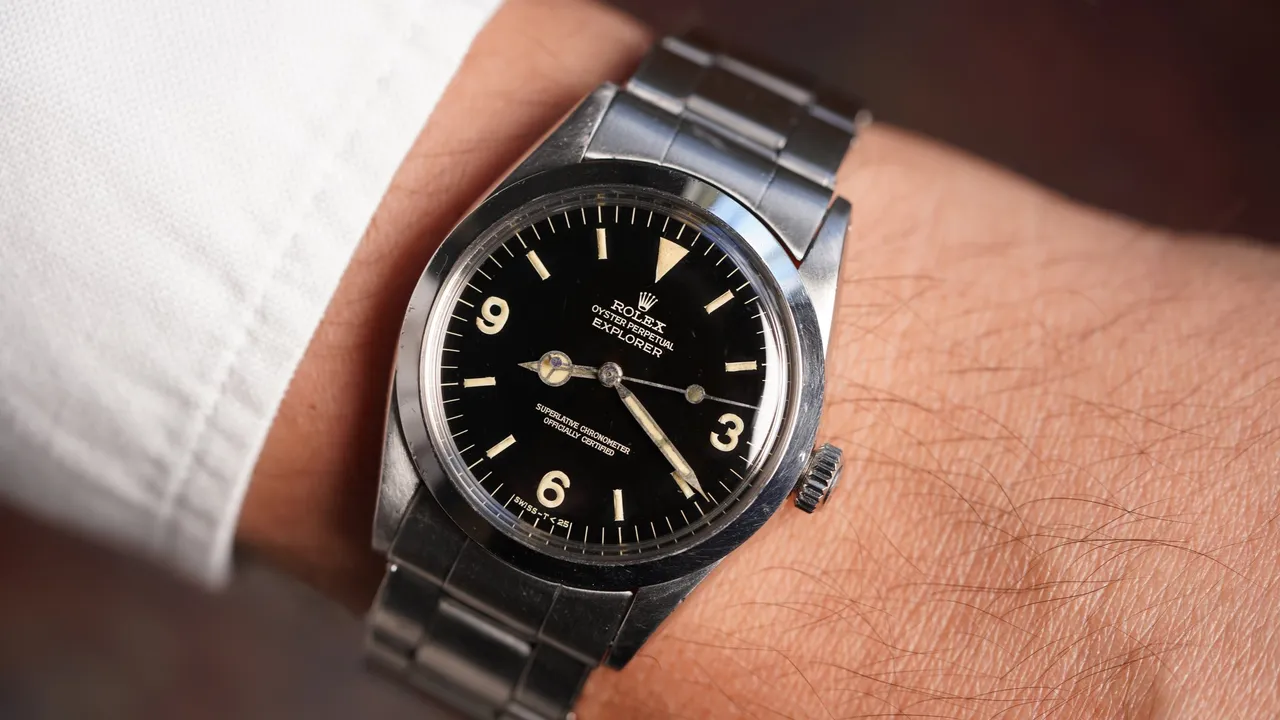The Impact of Auctions on Vintage Watch Prices_ A Detailed Analysis
A detailed analysis of the impact of auctions on vintage watch prices. Understand how auction results influence market trends and valuations.

Understanding the Role of Auctions in the Vintage Watch Market
Auctions play a significant role in shaping the perception and ultimately the prices of vintage watches. They act as a public stage where rare and desirable timepieces are showcased and fiercely contested. The results of these auctions often set benchmarks and influence the broader market, impacting both buyers and sellers. Auctions provide a transparent (or at least seemingly transparent) price discovery mechanism, particularly for unique or exceptionally well-preserved pieces that lack readily available comparables.
How Auction Results Influence Market Trends
The prices achieved at auction can have a ripple effect across the vintage watch market. High-profile sales of specific models often lead to increased demand and subsequent price appreciation for similar pieces. Conversely, underwhelming results can dampen enthusiasm and potentially lead to price corrections. The media attention surrounding these events further amplifies their impact, influencing collectors' perceptions and investment strategies. Let's dive into some specific examples.
Specific Examples of Auction Influence
The Rolex Daytona 'Paul Newman'
Perhaps the most iconic example of auction influence is the Rolex Daytona 'Paul Newman.' The sale of Paul Newman's personal 'Paul Newman' Daytona at auction for a record-breaking $17.8 million in 2017 sent shockwaves through the watch world. This single event dramatically increased the desirability and value of all 'Paul Newman' Daytonas, even those in less pristine condition. Before the auction, these watches were already highly sought after, but the sale catapulted them into a different stratosphere of collectibility and investment potential.
Patek Philippe Ref. 1518 in Stainless Steel
Another stellar example is the Patek Philippe Ref. 1518 in stainless steel. When one of these rare examples came up for auction and sold for over $11 million, it not only set a record for the model but also highlighted the growing demand for rare and unusual variations of classic timepieces. This auction result demonstrated that collectors are willing to pay a premium for exceptional rarity and historical significance.
Omega Speedmaster Alaska Project Prototypes
Even Omega Speedmaster models benefit from auction hype. The sale of early Alaska Project prototypes, especially those with verifiable provenance, can significantly boost the perceived value of other Speedmaster variants, particularly those with similar features or historical connections to space exploration.
Factors Affecting Auction Prices Detailed Analysis
Several factors contribute to the prices achieved at auction. Understanding these factors is crucial for both buyers and sellers.
Rarity and Condition
Rarity is paramount. The fewer examples of a particular model that exist, the higher the potential price. Condition is equally important. A watch in original, well-preserved condition will always command a premium over a heavily restored or damaged example. Original dials, hands, and bracelets are highly valued.
Provenance and History
Provenance, or the history of ownership, can significantly impact value. A watch owned by a famous person or with a documented connection to a significant historical event will be more desirable. Documentation, such as original purchase receipts, service records, and letters of authenticity, adds to the provenance and increases the value.
Market Sentiment and Timing
Market sentiment plays a crucial role. The overall economic climate, current trends in collecting, and even the timing of the auction can all influence prices. A strong economy and positive market sentiment generally lead to higher prices. Similarly, an auction featuring a particularly strong selection of desirable watches is likely to attract more bidders and drive up prices.
The Role of Auction Houses
The reputation and marketing efforts of the auction house also play a significant role. Established auction houses with a track record of handling high-value watches can attract a wider pool of bidders and achieve higher prices. Their marketing strategies, including pre-sale exhibitions, catalogs, and online promotion, can create buzz and generate interest in the watches being offered.
Potential Pitfalls and Considerations
While auctions can be a valuable source of information and a platform for buying and selling vintage watches, it's essential to be aware of potential pitfalls.
Bidding Wars and Overpaying
The competitive environment of an auction can lead to bidding wars and the risk of overpaying. It's crucial to set a budget beforehand and stick to it, regardless of the emotional pressure of the moment. Don't get caught up in the excitement and exceed your financial limits.
Authenticity Concerns Spotting Fakes
Authenticity is a major concern in the vintage watch market. Counterfeit watches and modified components are becoming increasingly sophisticated. It's essential to thoroughly research the watch before bidding and to seek expert advice if you have any doubts. Reputable auction houses typically provide detailed condition reports and guarantee the authenticity of their watches, but it's still wise to exercise caution.
Buyer's Premium and Additional Costs
Remember to factor in the buyer's premium, which is a percentage of the hammer price that the buyer must pay to the auction house. This premium can significantly increase the overall cost of the watch. Also, be aware of potential taxes, shipping costs, and insurance fees.
Specific Vintage Watch Recommendations and Pricing Examples
Rolex Submariner Ref. 5513 (Approximate Price: $15,000 - $30,000)
The Rolex Submariner Ref. 5513 is a classic and highly collectible vintage diver's watch. Its simple design, robust construction, and historical significance make it a popular choice among collectors. Prices vary depending on condition, dial variations (e.g., meters first, feet first), and the presence of original box and papers. It's a versatile watch that can be worn daily or kept as a valuable investment. This particular model is often seen as a stepping stone into Rolex collecting, offering a blend of affordability (compared to other vintage Rolexes) and iconic status.
Omega Speedmaster Professional Ref. 145.022 (Approximate Price: $5,000 - $12,000)
The Omega Speedmaster Professional Ref. 145.022 is another iconic chronograph with a rich history. As the watch worn on the moon, it holds a special place in the hearts of many collectors. Prices depend on the specific year of production, the presence of the original 'dot over 90' bezel, and the overall condition of the watch. It's a robust and reliable timepiece that can be worn for various occasions, from casual outings to more formal events. Its historical significance and timeless design make it a solid investment.
Rolex GMT-Master Ref. 1675 (Approximate Price: $12,000 - $25,000)
The Rolex GMT-Master Ref. 1675 is a vintage pilot's watch known for its iconic 'Pepsi' bezel (red and blue). It's a stylish and functional timepiece that allows the wearer to track two time zones simultaneously. Prices vary depending on the bezel color, dial variations, and the overall condition of the watch. A well-preserved example with a vibrant bezel and original components can fetch a premium price. The GMT-Master 1675 is a great choice for travelers and collectors alike, offering a blend of functionality and vintage charm.
Omega Constellation Pie Pan Dial (Approximate Price: $1,500 - $5,000)
For a more affordable vintage option, consider an Omega Constellation with a 'pie pan' dial. These watches feature a distinctive dial design with a raised center and sloping edges, resembling a pie pan. They offer a touch of vintage elegance and can be found in a variety of styles and materials. Prices depend on the specific model, dial color, and the overall condition of the watch. They represent an excellent entry point into vintage Omega collecting, offering classic styling and reliable movements at a reasonable price.
Comparing Auction Houses: Sotheby's, Christie's, and Phillips
When participating in vintage watch auctions, choosing the right auction house is crucial. Here's a brief comparison of three major players:
Sotheby's
Sotheby's is a well-established auction house with a long history of selling high-value watches. They often handle exceptional and rare timepieces, attracting a global clientele. Their auctions are known for their sophisticated atmosphere and rigorous authentication processes.
Christie's
Christie's is another leading auction house with a strong reputation in the watch world. They offer a wide range of vintage and modern watches, catering to both seasoned collectors and novice buyers. Their auctions are known for their competitive bidding and strong marketing efforts.
Phillips
Phillips has emerged as a prominent player in the vintage watch market in recent years. They are known for their curated auctions featuring exceptional and highly sought-after timepieces. Their auctions often attract record-breaking prices and generate significant media attention.
Ultimately, the best auction house for you will depend on your specific needs and preferences. Consider the type of watches they typically offer, their reputation, and their commission rates before making a decision.
:max_bytes(150000):strip_icc()/277019-baked-pork-chops-with-cream-of-mushroom-soup-DDMFS-beauty-4x3-BG-7505-5762b731cf30447d9cbbbbbf387beafa.jpg)






